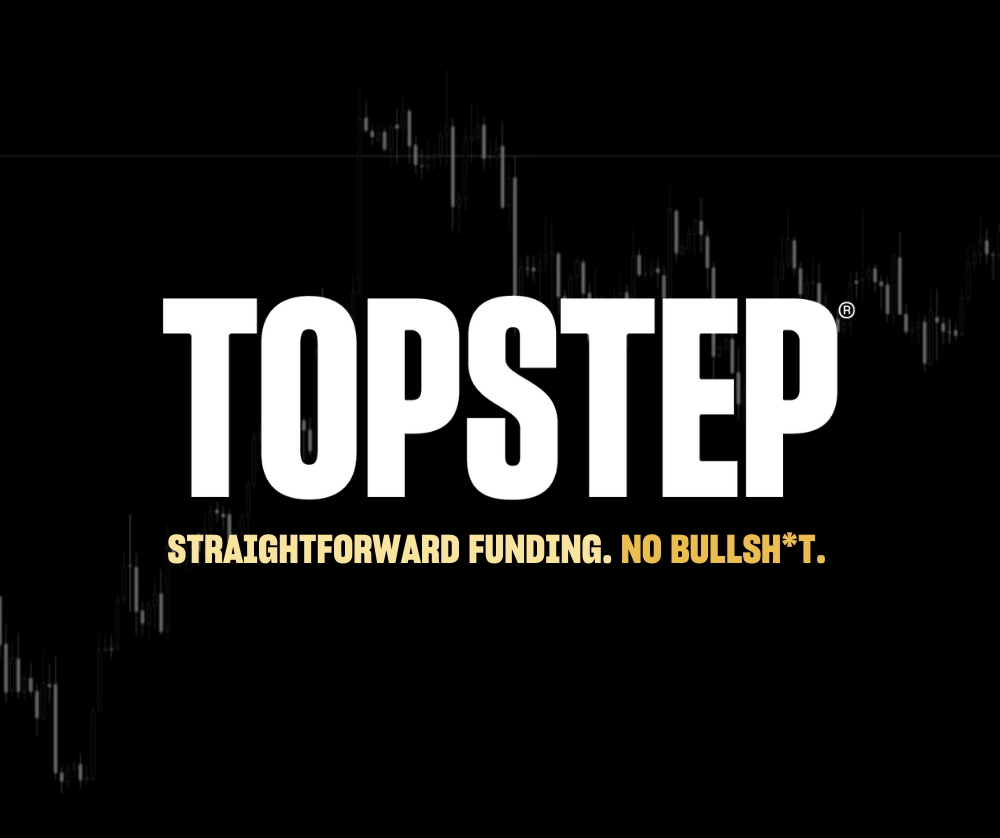The Moving Average Envelope is an indicator that is based on a simple or exponential moving average, and sets bands based on a set percentage deviation, thus creating envelopes. Moving Average Envelopes are percentage-based envelopes set above and below a moving average. Each envelope is then set the same percentage above or below the moving average. This creates parallel bands that follow price action. They are also known as trading bands, moving average bands, price envelopes and percentage envelopes. The default setting is a 20-period simple moving average (SMA) with envelopes set at 5%. Envelopes are a good indicator for trend identification as well as identifying overbought and oversold conditions.
Calculation
Calculation for Moving Average Envelopes (MAE) is very simple. Envelopes can be deployed around any type of moving average. To calculate the envelope you have to first choose a SMA or an exponential moving average (EMA). SMAs weight each data point (price) equally. EMAs put more weight on recent prices and have less lag. Next, select the number of time periods for the moving average and then set the percentage for the envelopes.
Upper Band = MA (CLOSE, P)* [ 1 + (K/100)]
Lower Band = MA (CLOSE, P)* [ 1 – (K/100)]
MA = Moving Average
P = Periods
K = Percentage change expressed as whole number percentage.
A 20-day moving average with a 5% envelope would show the following two lines:
Upper Envelope: 20-day SMA + (20-day SMA x .05)
Lower Envelope: 20-day SMA – (20-day SMA x .05)
Interpreting Envelopes
“Like this!” (below) shows a chart of Facebook (FB) with MAEs using a 20-period SMA with a 5% envelope.
These envelopes can then be used to indicate two technical patterns:
1. Trend Confirmation: The envelopes can be used to determine what the trend of the financial instrument is when the market is trending.
2. Overbought and oversold: When the market is range-bound, the moving average envelope indicator can also be used to indicate when a financial instrument is oversold or overbought.
 Trend Confirmation
Trend Confirmation
Moving Average Envelopes can be used to identify strong moves that signal the start of an extended trend. The trick, as always, is picking the correct parameters. In choosing the right parameters, it often helps to overlay a few different Moving Average Envelopes and compare. This takes practice, trial and error. Stock indices and exchange traded funds require tighter envelopes because they are typically less volatile than individual stocks.
The goal of using moving averages or the Moving Average Envelope is to identify trend changes. Often, the trends are large enough to offset the losses incurred by the whipsaw trades, which makes this a useful trading tool for those willing to accept a low percentage of profitable trades.
“Searching for strength” (below) shows Google (GOOG) with the Moving Average Envelopes set at 20 periods and a 2.5% envelope. Closing prices are used because moving averages are calculated with closing prices. Google surged above the upper envelope on April 24, 2017, and continued moving above this envelope. This shows extraordinary strength. Also, note that the Moving Average Envelopes turned up and followed the advance.
“Prescription for pain” (below) shows Endo Pharma Holdings (ENDP) with the Moving Average Envelope of 20 and 10%. We used 10% in this example to show that bands needs to be adjusted based on the volatility of a stock. See how ENDP surged below the lower envelope on Nov. 3, 2016 and again on Jan. 10, 2017, and then continued moving below this envelope. This shows extraordinary weakness, declining to $11.37 following the January breach.


Overbought and Oversold
Traders typically use envelopes to determine overbought and oversold levels when the price rises above the upper band or falls under the lower band. When the security’s price touches the upper band and turns downward, the security might be at an overbought level. Conversely, when the security’s price touches the lower band and turns upward, the security might be at an oversold level (see “Too well-liked,” below).
Buy Scenario: Buy when the price rises through the lower band having fallen beneath it.
Sell Scenario: Sell when the price falls through the upper band having previously risen above it.
 When it comes to a market/stock whose movement is flat or in consolidation, then a whole new dynamic comes into play. This time, if the price action touches the Moving Average Envelope’s upper band, then it is a signal that the market/stock is overbought and due for a downside correction.
When it comes to a market/stock whose movement is flat or in consolidation, then a whole new dynamic comes into play. This time, if the price action touches the Moving Average Envelope’s upper band, then it is a signal that the market/stock is overbought and due for a downside correction.
If the price action of the market/stock starts to pierce the lower envelope, then it means that the asset is due for a rebound as it is presently oversold.
Using this information, the trader can then trade within the range of price movement by selling on the upper envelope and buying at the lower envelope band. CA Technologies (CA) has provided numerous opportunities to profit on choppy prices swings since November where prices were consolidating in range (see “Trade the chop,” below). We applied a 20-period moving average, 2.5% setting and were able to capture several significant turning points in the stock.
Confirming Signal
Moving Average Envelopes are similar to other technical indicators, such as Bollinger Bands and Keltner channels, except that these also vary the width of the bands/channels based on a volatility measure. They are useful for identifying high-probability turning points in short-term trends. All traders can benefit from experimenting with these technical tools.
Being able to help identify trends as well as overbought and oversold conditions is a valuable trait in an indicator and one that can greatly help technical analysts. When combined with additional technical analysis tools such as pattern analysis or momentum indicators, the Moving Average Envelope can become an integral part of a sound trading strategy. Many traders use 2% envelopes for momentum trades, although preferences will vary. Setting the envelopes too high will generate losing trades as the move may be near exhaustion; setting them too low may result in unprofitable over-trading.
Most charting patterns will allow you to set the indicator wherever you want. Look back on past data to see which levels tended to trigger reversals. You can also compare the indicator to other trend and overbought/oversold indicators to see what levels work best and whether the envelopes lead or follow other indicators. You may find, depending on the levels you choose, that the Moving Average Envelope registered a trend reversal in advance of others.






